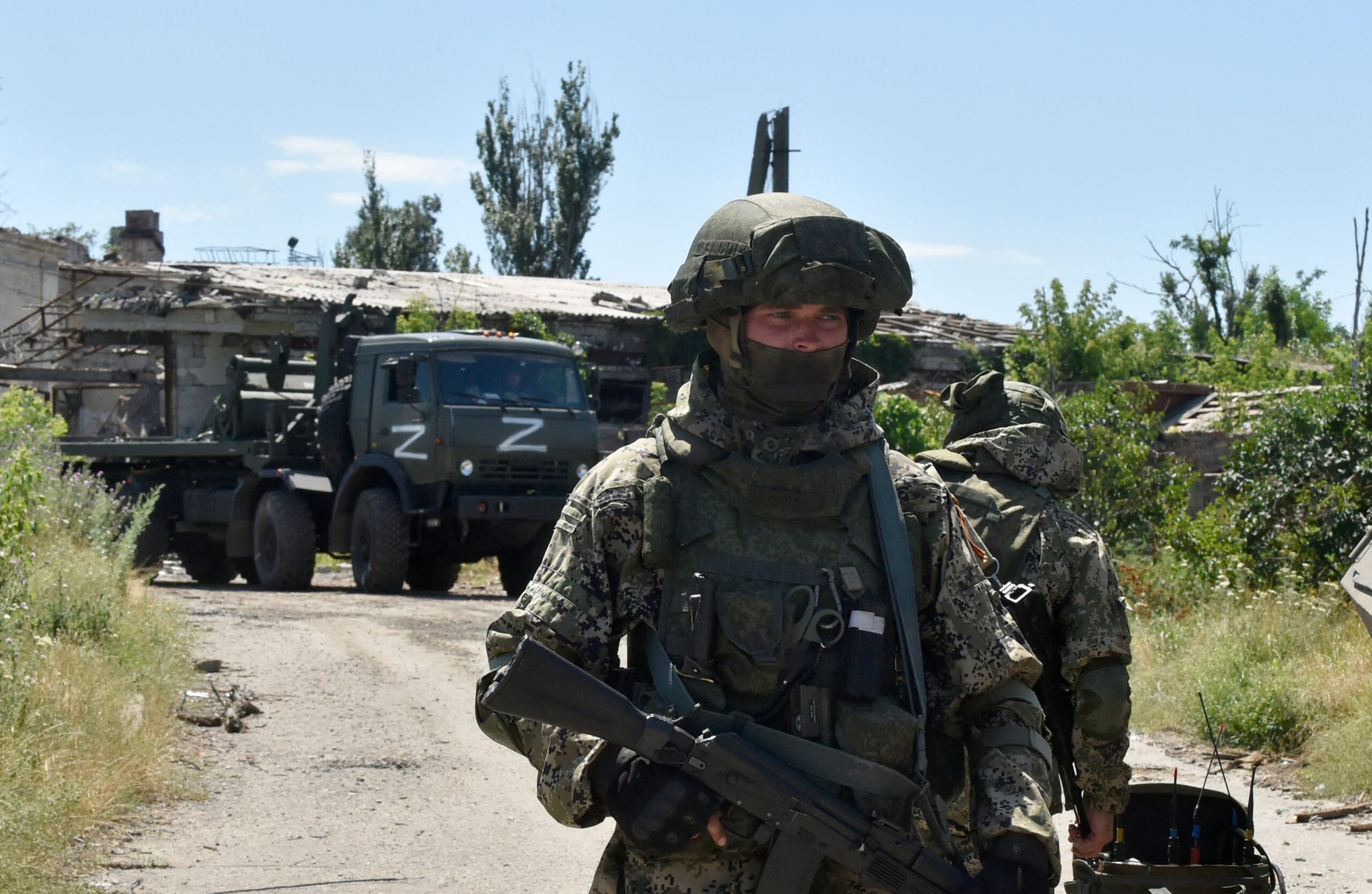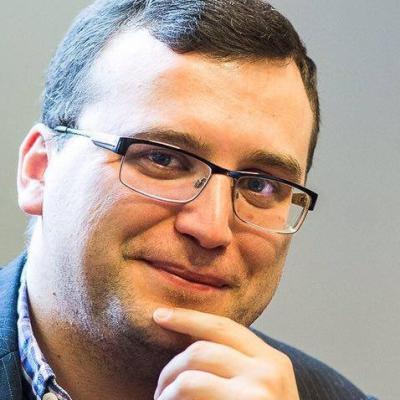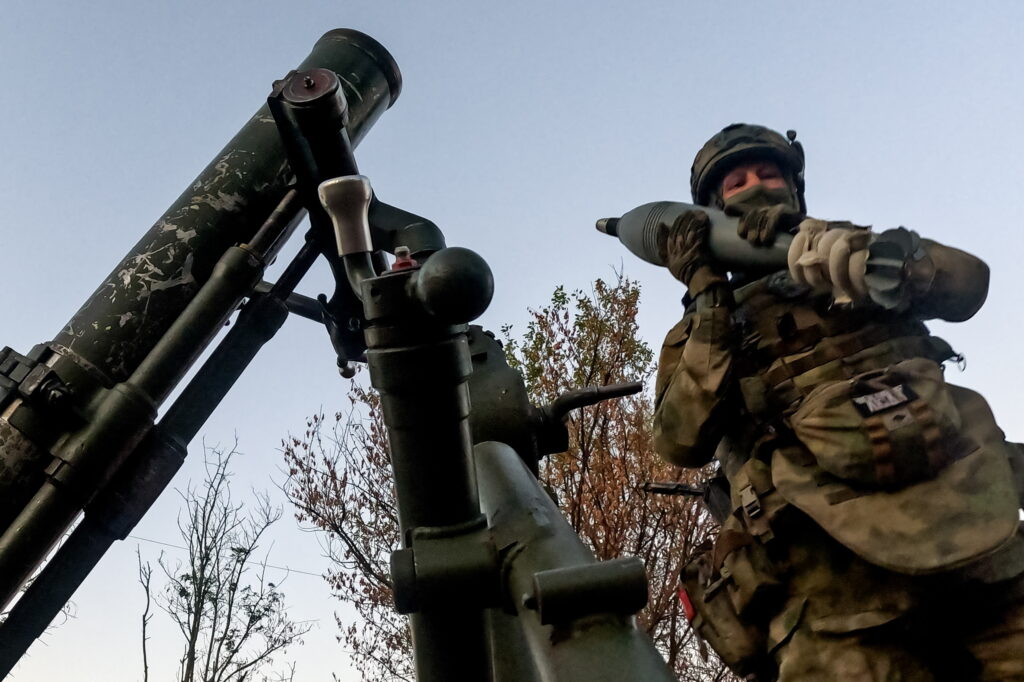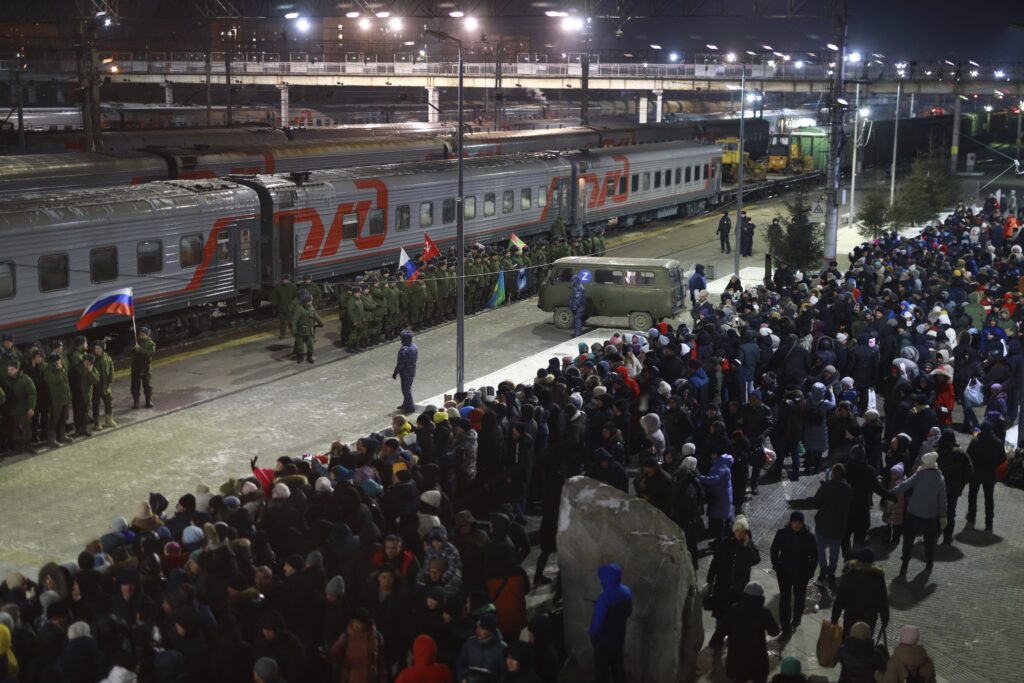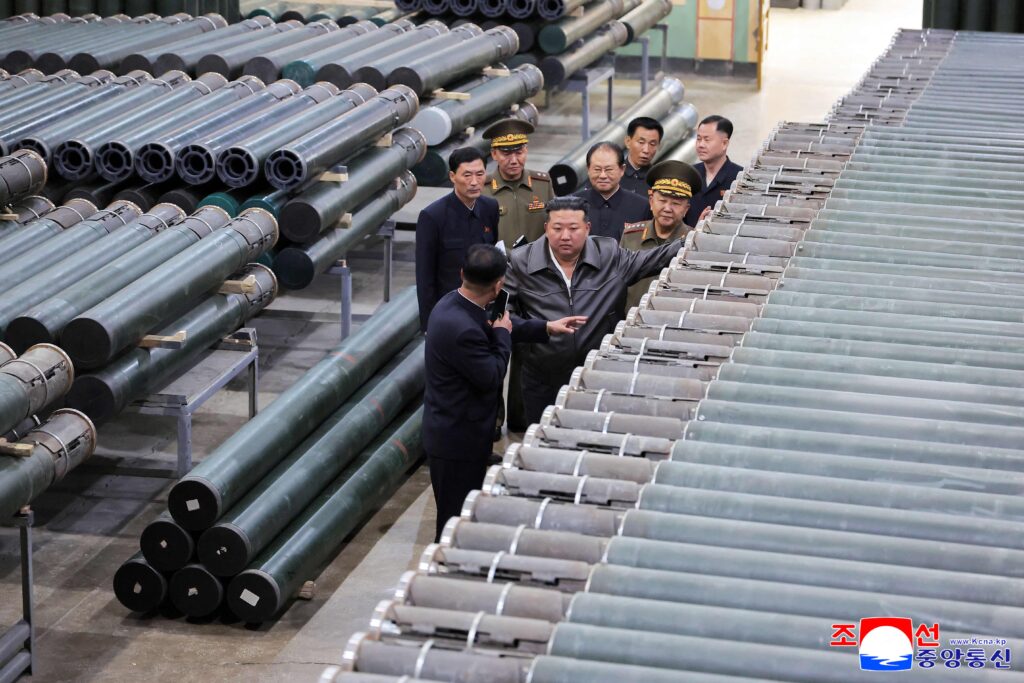Following six months of Russia’s war against Ukraine, the Pentagon estimates Russian military casualties at 70−80 thousand, both killed and wounded. In the second half of July 2022, the CIA estimated Russian losses at 15,000 killed and 45,000 wounded. At the time of writing, the General Staff of the Ukrainian Armed Forces reported that the number of the enemy’s «eliminated personnel» exceeded 43,000. Even if this is the total number of losses without trying to distinguish between the personnel of the Russian Armed Forces, National Guard troops, forcibly mobilised residents of Donetsk and Luhansk regions as well as mercenaries, Russia is dealing with catastrophic losses.
Of course, against the background of the total size of the Russian armed forces, which was estimated at 740,000−780,000 people in 2020 (with 770,000 in 2016 and no evidence of subsequent increases), the catastrophic size of the losses might be challenged. However, the division into kinds and types of troops must be taken into account. The forces mainly involved in the war include the land forces, the airborne forces and marines, and their maximum strength is estimated at 280,000, 45,000 and 35,000, people respectively. Certainly not all of these 360,000 soldiers and officers were assigned for direct participation in combat operations since there are quite a few various auxiliary units.
Generally speaking, in August 2021, the Russian Armed Forces had 168 battalion tactical groups (BTGs). These are the ‘permanent readiness’ forces that were more trained and equipped for combat operations than any other. Considering that the number of personnel in each BTG was 800 to 1,000, the total number of Russian ‘permanent readiness’ troops fell in the range of 134,500 to 168,000 on the eve of the war. At the same time, it is worth remembering that the total invasion force initially numbered 190,000 men, which, alongside BTGs, also included battlefield-ready National Guard units, with ‘Kadyrov’s men’ among them, and the units recruited in the Donetsk and Luhansk regions. At the same time, it is still difficult to provide an estimate of the reserves that Russia had at that time, but it is unlikely to exceed an additional 100,000 men for the armed forces. Considering that these reserves were used by the end of the fifth month of the war, the US military believe that Moscow had already engaged 85% of the total available army, one way or another. Hence, the loss of 70,000−80,000 men, whether killed or wounded, in the context of the ongoing war raises the question of whether such an army can ever return home.
Two questions are crucial here. Firstly, can Moscow make up for such losses? And, secondly, what are the long-term implications of these losses for the Russian armed forces as a whole?
Failed spring draft?
From 1 April till 15 July 2022, Russia held another spring draft to the army, which, according to the plan, should have resulted in 134,500 new conscripts being sent for military service, and a few percent of them were traditionally expected to serve in the National Guard. However, in reality, it seems that this plan was not fulfilled for the first time in many years as many potential Russian recruits and their families did everything to avoid conscription.
The first dispatch of new recruits to the army began on 23 May 2022. Based on available information, only 1/5 to 1/3 of the planned number of recruits were sent to the troops by mid-June, although normally at least a half of the recruits are sent to the army by this time. Let us consider specific data for various regions: Amur region (250 out of 1000 people) Bashkiria (1,400 out of 5,000), Kirov region (300 out of 1,600), Orenburg region (400 out of 2,100), Perm region (650 out of 2,500), Samara region (700 out of 3,000), Saratov region (500 out of 2,600), Tatarstan (600 out of 3,000), Tyva (200 out of 600). These data correlate with the available data for the same period pertaining to the Central Military District (10,000 out of 53,000) and the Eastern Military District (1,700 out of 9,000). Interestingly, contrary to the practice established in previous years, most regions as well as the Defence Ministry refrained from publishing total data on the outcomes of the spring draft one month later.
However, at a conference call on 11 July 2022, Defence Minister Sergei Shoigu announced a figure saying that just three days before the end of the draft only 89,000 conscripts had been sent to the army. Based on all these data one can confidently say that the plan for the spring draft was not fulfilled, and the Russian Armed Forces did not get about a third of new recruits. In fact, this happened at a time when the military registration and enlistment offices work closely with schools, colleges and universities (where not all students receive a deferment), as well as with large employers who are responsible for the military registration of young male employees. It is also worth adding that we do not currently have any data on how many conscripts chose alternative civilian service in the spring of 2022, but as of 1 February 2022, i.e. before the start of the full-scale aggression against Ukraine, there were only 1,138 such people.
Under these circumstances, one could assume that the autumn draft campaign, which starts on 1 October and runs till 31 December, should be stricter, leaving fewer loopholes for those trying to avoid military service. At the very least, a draft bill to this effect, pending since 2018, was passed in the second reading on 22 February 2022 and is now awaiting the third reading, while the military commissariats across the country have already joined the campaign, exerting pressure on male citizens. However, potential conscripts and their families may respond to stricter conscription rules with stronger covert resistance, and it is difficult to predict the outcome of such resistance today.
And yet, there is no doubt that continued war and rising losses, which are increasingly difficult to hide, will motivate young men to avoid conscription at least as strongly as they did this spring. As a consequence, the cumulative shortfall of new soldiers in 2022 could reach at least 90,000. This means that together with the number of those killed and wounded in the war, the Russian Armed Forces are unlikely to exceed 600,000−630,000 people by the end of the year. With their nominal strength of one million, this will inevitably lead to an aggravation of the already serious organisational problems and disruptions.
Moreover, the shortfall is greatest in the ground forces. The reason is that conscripts are first distributed among the most ‘privileged’ types and kinds of troops that have relatively high demands on their intellectual and moral standing: the Strategic Missile Forces, the Navy, the Aerospace Forces, etc. In the event of a shortage of soldiers, they make up for it with those new recruits who would otherwise be assigned to ground forces.
An inclination towards the irregular army
Faced with a shortage of personnel by late spring, the Kremlin attempted to rely on recruiting mercenaries and volunteers, and then moved on to recruiting prisoners. All that exacerbated the fragmentation of military power, typical of many authoritarian regimes. In previous years and decades, the Kremlin had balanced the armed forces with the Interior Ministry internal troops, transformed in 2016 into the federal service of the National Guard Troops, the Border Guard (subordinated to the FSB), and the relatively small military forces of the Federal Security Guard Service. Since the annexation of Crimea and the outbreak of the war in Donbass in 2014, a new ‘section’ of the military force emerged, namely autonomous mercenary groups under the umbrella of military intelligence and/or the FSB, and these groups multiplied in 2022. Now, they have been joined by the so-called regional volunteer battalions organised around the principle of compatriotism.
Although members of such battalions formally sign a contract with the Defence Ministry, the very principle of compatriotism contradicts one of the key principles of the Russian Armed Forces, inherited from the Soviet times or even the Tsarist army. Over the centuries, soldiers from different places were mixed together, which has enabled the authorities to subordinate them and make them part of the regular military system under a commander. In contrast, any form of compatriotism-based relationship builds a sense of camaraderie before that commander, and this sense of camaraderie makes it easier for soldiers to disobey an order if they question it. In turn, the commander is no longer able to confront such soldiers with a group of their own countrymen. As a result, the soldier is not alone in the face of his commander and his unit, and a collective sense of belonging is only born when orders are given, while, in contrast, the commander is alone in the face of soldiers who are countrymen. The commander who is in charge of such soldiers never knows whether his order will be carried out or questioned.
In fact, the regional battalions which are now being formed are also not sufficient to bridge the gap in military manpower. Firstly, they are not really battalions: a few dozen to a couple of hundred men do not make it possible to establish a full-fledged battalion. Secondly, the characteristics of the men recruited to such formations, i.e. their age, health status, intelligence, moral and psychological profile, a priori prevent them from forming combat-ready units. Thirdly, it is not clear what kind of sergeants and officers get into the command staff of such units. Fourthly, financial conditions of service in such ‘battalions’ give rise to doubts since the promised salaries of hundreds of thousands of roubles clearly exceed the income of regular servicemen. In other words, such an income will either trigger a strong tension between the regional ‘battalions’ and the regular military units, or it simply does not exist in the format promised by the regional authorities. All this also applies to the recruitment of prisoners to take part in the war.
Thus, despite their contracts with the Defence Ministry, the regional ‘battalions’ will not be able to become part of the regular armed forces. Moreover, their emergence seems like a bureaucratic imitation of activity that allows those involved to score points with the Kremlin without being held accountable for the outcome. Finally, despite their easily predictable ineffectiveness on the battlefield, such regional ‘battalions’ are like time-bombs: some of these ‘countrymen battlegroups’ will inevitably become take the criminal path.
As a result, in the context of the shrinking regular army, this war witnesses the crystallisation of ‘factions’ of various kinds of mercenaries and volunteer countrymen, and it will be difficult to simply let them go home while keeping them under control. The Kremlin will either quickly ‘dispose’ of them without solving the problem of manpower reinforcement, or they will become participants in the struggle for redistribution of assets and, possibly, of power within Russia.
Conclusions
As of August 2022, the full replenishment of the Russian Army’s manpower is clearly unlikely in the context of the ongoing war. Moreover, there is a visible tendency for further reductions. Even if the Kremlin can gain a respite in this war by resorting to threats and pressure on the international community (there is obviously no willingness to end the war today), this would just slow down the reduction rates.
At the same time, exotic options like mass ‘procurement’ of mercenaries in poor countries are unlikely to be seriously considered: they will be even less workable than regional ‘battalions’. As for the increased efforts to force Russian citizens to undertake military service (either by changing the order of conscription or by mobilisation), this option is fraught with serious domestic political risks, and an attempt to implement it will lead to consequences that are difficult to predict today.
Moscow will most likely have to rely on whatever it has available. Presumably, some of the forces currently engaged in guarding various military installations will soon be sent to war. It is also likely that some army companies, battalions, regiments and brigades of auxiliary forces (such as the communication, engineering, radiation, chemical and biological defence troops) will be reclassified as combat units and formations. While this will not solve the problem entirely, it would hypothetically buy time, especially if Moscow manages to reduce the intensity of the war.
Nevertheless, in the long run, the resulting imbalances and disruptions are making it increasingly urgent for Russia to deeply rethink its approach to military development, manning and training, as well as military doctrine and strategy. Although the current Russian authorities are not capable of such rethinking, it is already clear today that Russia needs a much smaller army than today to pursue its actual interests in the realm of defence. Moreover, absolutely all types and kinds of troops need to be significantly reduced. Moreover, Russia vitally needs to see a ‘defragmentation’ of its military, that is, the elimination of all regular and irregular armed formations created by the authoritarian regime for its own benefit, in addition to the regular armed forces. Naturally, for this to happen, the war must be ended, the entire territory of Ukraine must be de-occupied within its internationally recognised borders, and democratisation within Russia must occur.
